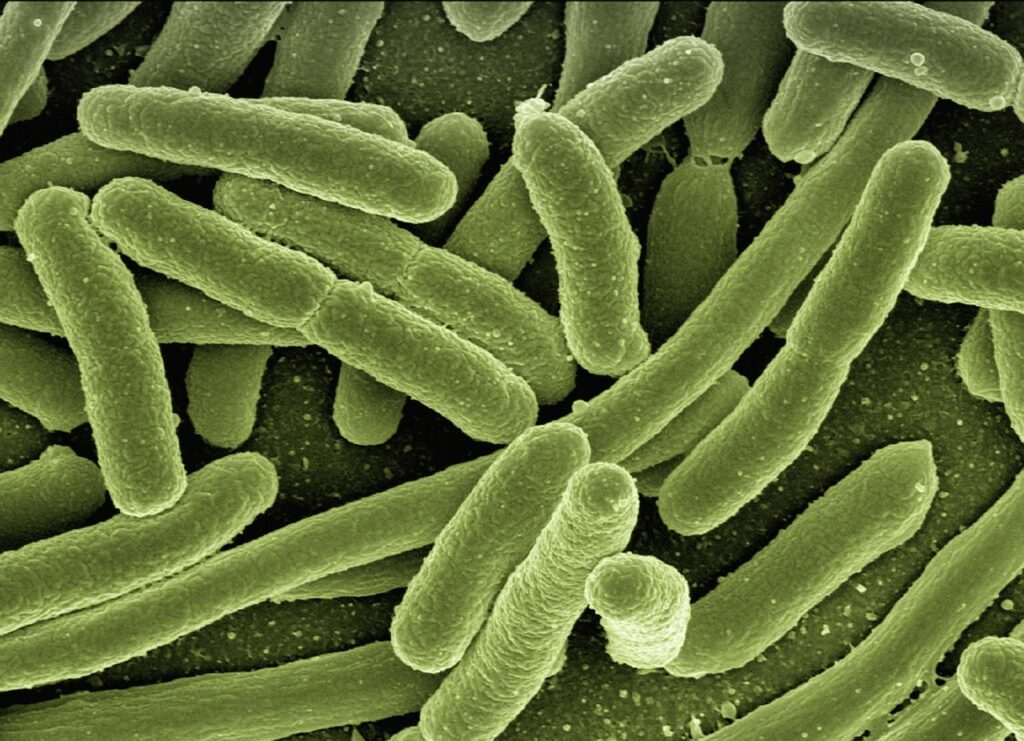Why A Flesh-Eating Bacteria Is Terrorizing US Residents In One State
Following Hurricane Ian's brutal assault on Florida, flood waters have still not receded and the warm waters left behind have created the perfect breeding ground for the flesh-eating bacteria vibrio vulnificus, which has begun to infect many Florida residents.
This article is more than 2 years old
Hurricane Ian, the Category 4 storm that invaded Florida on September 28, continues to wreak havoc on Floridians long after its strong winds have passed. Flooding plus Florida’s hot climate created the perfect environment for Vibrio vulnificus, a flesh-eating bacteria, to flourish. Health officials report seeing nearly double the amount of Vibrio vulnificus infections they see in a normal year.
This flesh-eating bacteria is somewhat unique in that it thrives in brackish water, which is a mixture of fresh and saltwater commonly found where rivers meet the ocean. Vibrio vulnificus is usually considered a foodborne illness as its most common route of transmission is by mouth when people eat undercooked oysters or shellfish. Post-hurricane, however, the infection rate increases when brackish water contaminated with the bacterium enters the skin via cuts, wounds or small scratches.
The potential for infection by flesh-eating bacteria is one reason officials tell people to stay out of floodwaters following a hurricane. Even people without visible scratches or sores are vulnerable as Vibrio vulnificus can enter the body through openings too small to notice. Then the bacterium becomes highly visible as it breaks down the skin, causing open sores and ulcers.
Over half of current infections are in residents of Lee County, home to Fort Meyers and Sanibel Island. People who suspect exposure to Vibrio vulnificus must wash exposed areas well with soap and clean water and closely monitor any visible wounds. See a doctor if swelling, redness or oozing occurs, as they can diagnose the specific bacterium by performing wound, blood or stool cultures.

People infected with the flesh-eating bacteria can also experience a potentially life-threatening systemic infection leading to septic shock. This happens when Vibrio vulnificus enters the bloodstream, with symptoms including vomiting, diarrhea, fever and decreased blood pressure. People with weakened immune systems from chronic kidney, liver or autoimmune disease or who are taking immune-modifying medications are at the highest risk of dangerous bacterial infection.
Vibrio vulnificus blood infections have about a 50% death rate. Skin infections caused by flesh-eating bacteria often heal poorly and require surgery to remove the diseased skin. Sometimes amputations are necessary for complete recovery.
Fortunately, severe illness from this particular flesh-eating bacteria is rare and there is no evidence of person-to-person transmission. The Florida Health Department has published records on Vibrio vulnificus since 2008 and this is the first year that infections have soared over 50. There have been 11 deaths so far in 2022, marking only the fifth year that the death rate has exceeded 10.
Health department officials believe that Vibrio vulnificus is more common and often goes unreported. The flesh-eating bacteria most commonly occurs along the Gulf Coast States of Alabama, Florida, Louisiana, Texas and Mississippi. In 2007, the Centers for Disease Control and Prevention (CDC) collaborated with these states to create a national surveillance system to monitor the number of Vibrio vulnificus cases each year.
Besides staying out of potentially infected brackish water, Florida residents recovering from Hurricane Ian can avoid Vibrio vulnificus by wearing gloves while handling raw shellfish and cooking it thoroughly before eating. People who suspect a flesh-eating bacterial infection should seek medical care immediately. An aggressive antibiotic and wound treatment plan can greatly accelerate the healing process in all cases and improves survival rates for those with serious infections.



